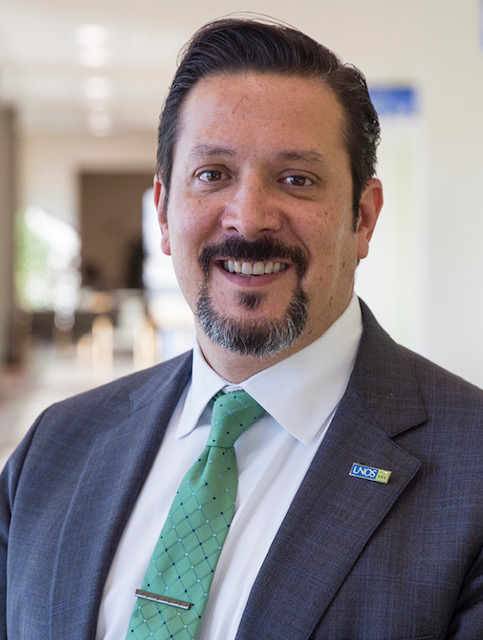
How whole slide imaging and AI can improve organ transplants
Leonardo Aviles Ovalle1, Nicholas Baker1, Ben Cahoon2, Kim Olechovski2, Talia Baker1, Jeffrey Campsen1.
1Department of Surgery, University of Utah, Salt Lake City, UT, United States; 2Techcyte Inc., Orem, UT, United States
Introduction: As the advancement and implementation of technology in healthcare diagnostics continue, the full capabilities may not be fully realized. Research and development of artificial intelligence (AI) within the transplantation realm are primary examples. The expansion of whole slide imaging and AI in kidney and liver transplantation presents immense opportunities to address significant logistical concerns. This includes the quality of pathology reports, speed of organ offer acceptance, and minimizing ischemic time. Globally, there is a high demand for organs to compensate for the increasing diagnosis of comorbidities requiring transplantation. Unfortunately, the technical and logistical barriers of evaluating cadaveric donor organs in an emergent but precise manner prohibit efficient allocation. Organ allocation can be further refined and post-transplant outcomes improved by seeking solutions that will produce consistent, high-quality pathology reports, regardless of time or properly trained pathologists. The implementation of AI stands to address these issues by introducing machine learning in accurately reading donation biopsies.
Methods: In the case of kidney and liver transplantation, when a cadaveric donor becomes available, biopsies are acquired to assess the viability of organ transplantation. Under ideal circumstances, these biopsies are read by a specialized pathologist. But many times biopsies are read by any available pathologist. This results in sub-par, inconsistent, and frequently delayed pathology reports. The reliance upon these reports subject’s organ recipients to inconsistent results that will impact long-term outcomes. Once the slides are digitized an AI algorithm can be trained to provide a consistent, accurate organ donation-focused pathology report at any time of day.


Conclusion: Whole slide imaging and AI can fill the gaps that negatively impact surgical decision-making and long-term patient outcomes. Technology that can improve the quality and accuracy of pre-transplantation biopsy reports, AI can significantly reduce the duration of getting organs to patients and avoid the transplantation of unviable organs. It can identify fibrosis and inflammation of the liver and kidney, sclerotic glomeruli, atrophied tubules in kidney samples, and large and small droplet macrosteatosis fat in liver samples. Increased efforts and resources to bolster the research and development of AI systems in transplantation can significantly benefit all parties involved in delivering high-quality care and positive long-term patient outcomes.
